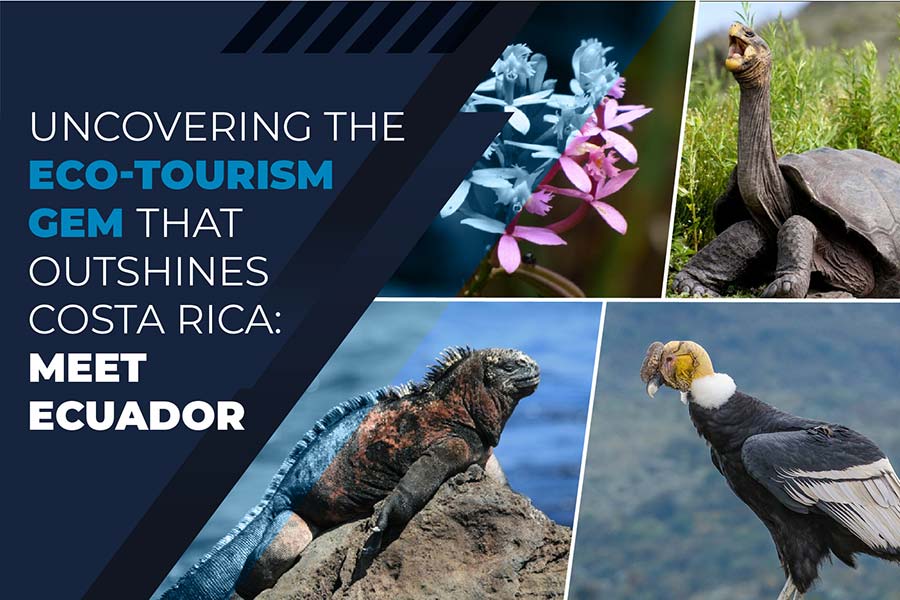Are you and your clients tempted by lush woodlands and the ideal backdrop of the “pure life”? Are either you or your customers avid adventurers and nature lovers? You may choose Costa Rica with its “pura vida” vibe. Yet, let’s tell you, your attention should be on Ecuador, an even greener country. After discovering this understated eco-gem, you might have more reasons than you thought to pack your bags to head up to the middle of the world.
Ecuador is a hidden Eden in the heart of South America, teeming with the wonders of nature. Imagine entering a Harry Potter film, with the USA serving as the massive Hogwarts School and Ecuador, although smaller, serving as the Room of Requirement, which is crammed with intriguing treasures.
Here are some interesting facts about Ecuador to blow your mind up:
- It surpasses the rest of South America in plant species per unit area and is home to 6% of the world’s flora and fauna!
- It is one of the 17 megadiverse nations, cramming a high percentage of Earth’s species into its condensed landscape! Really impressive, no?
- It is a haven for rare species like Darwin’s finches, marine iguanas, and giant tortoises.
- You’re about to see a musical bird show with toucans, macaws, and quetzals.
- The variety of bromeliads, cactus, palms, and ferns in Ecuador’s flora rivals that of its animals.
- Because of the abundance of indigenous orchids, it is known as the first “Country of Orchids” in the world. Even the magnificent purple Wahlenbergia gloriosa orchid is the nation’s floral emblem.
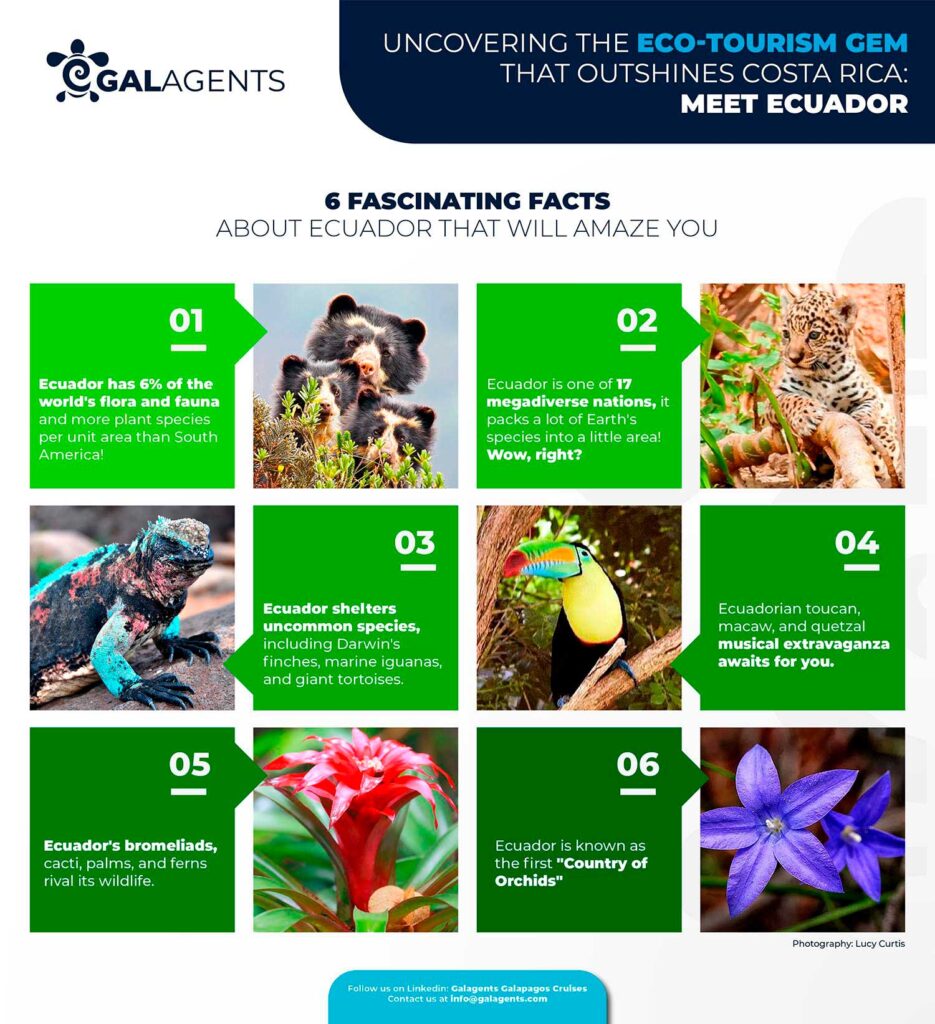
Think again if you thought we were finished shocking you and ever heard of the highest capital in the world? It’s right here in Ecuador, not hidden up in the Himalayas! Quito is perched at a breathtaking 2,850 meters (9,350 ft) above sea level.
Did you know there are more bird species in Ecuador than in the United States and Canada altogether? You did read that correctly. Take notice, birdwatchers: Ecuador is a birdwatcher’s heaven! With over 100 different species, it even has the highest concentration of hummingbirds in the whole globe. With rainbow-colored hummingbirds flying around, it’s like entering a Disney movie.
- Ecuador is home to the Critically Endangered Blue-throated Hillstar (Oreotrochilus chimborazo) discovered in 2017, and a population of around 300 species that live only in Cerro De Arcos mountain, on the border of El Oro and Loja provinces in the Ecuadorian Andes!
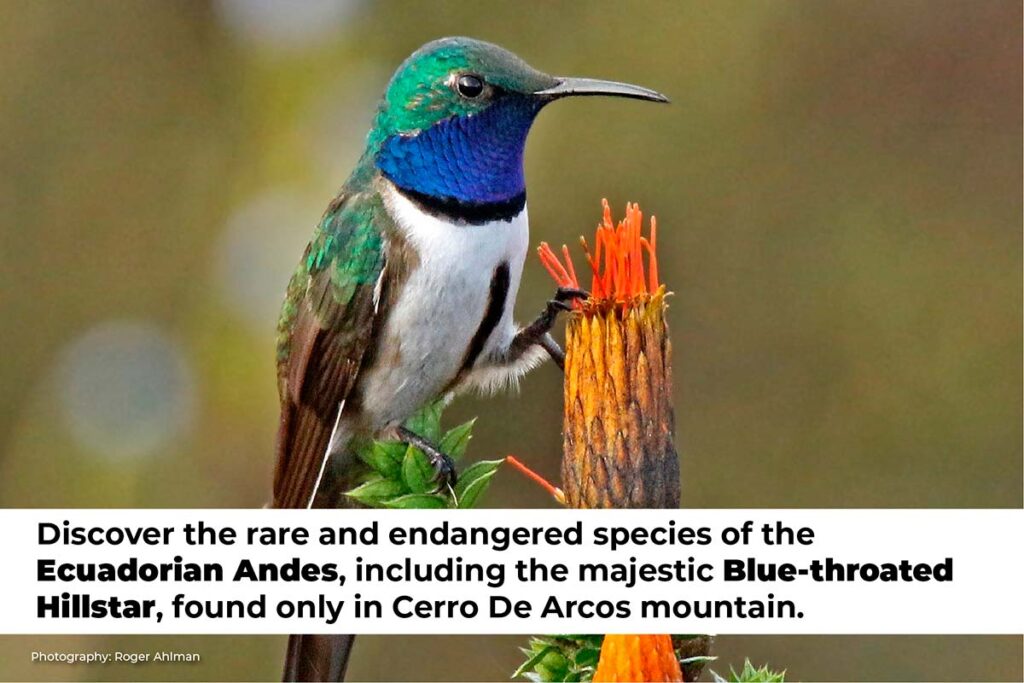
Speaking of unusual wildlife, the sole flightless cormorant in the world and enormous tortoises may be found at Ecuador’s UNESCO World Heritage Site, the Galápagos Islands. It seems as though they opted to relax and enjoy life rather than flying or dragging around.
More than 3,000 distinct amphibians and reptiles may be found in Ecuador, making it a hotspot for reptiles. Oh, and it also has the largest density of volcanoes in the world—more than 80, some of which are currently active. So imagine sleeping next to a mighty volcano while staying beneath the stars.
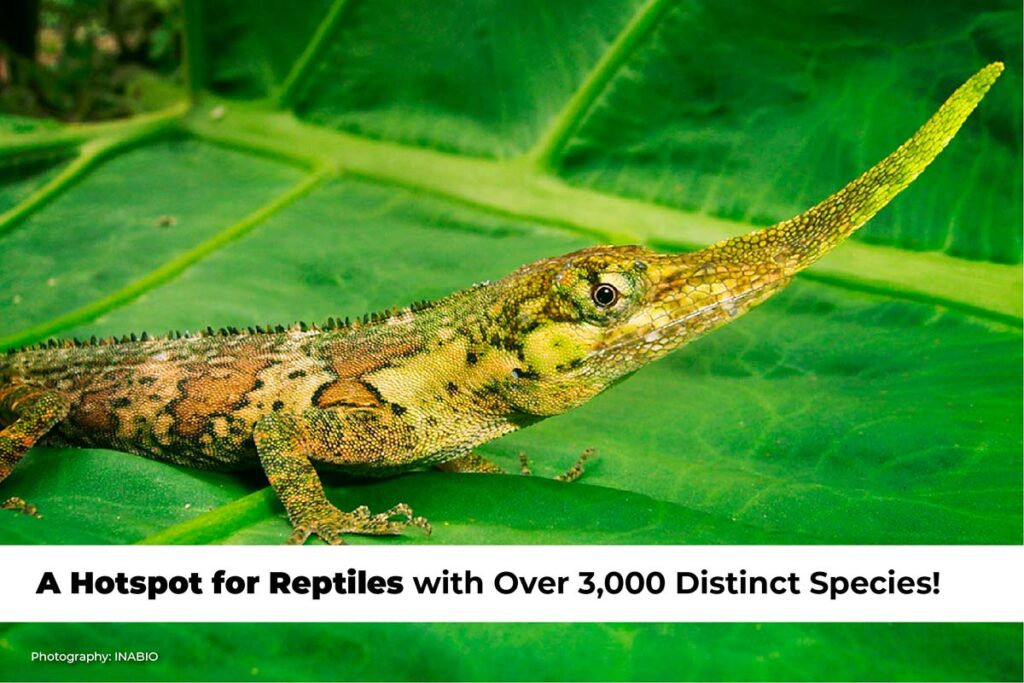
However, Ecuador’s steadfast dedication to protecting its natural assets is what sets it apart. It added a massive 60,000 sq km to the Galapagos marine reserve in 2022, turning it into a marine superhighway for migratory species at risk of extinction. Additionally, they are a member of the Eastern Tropical Pacific Marine Corridor (CMAR), a protected group. Think of the Avengers, but for protecting the oceans!
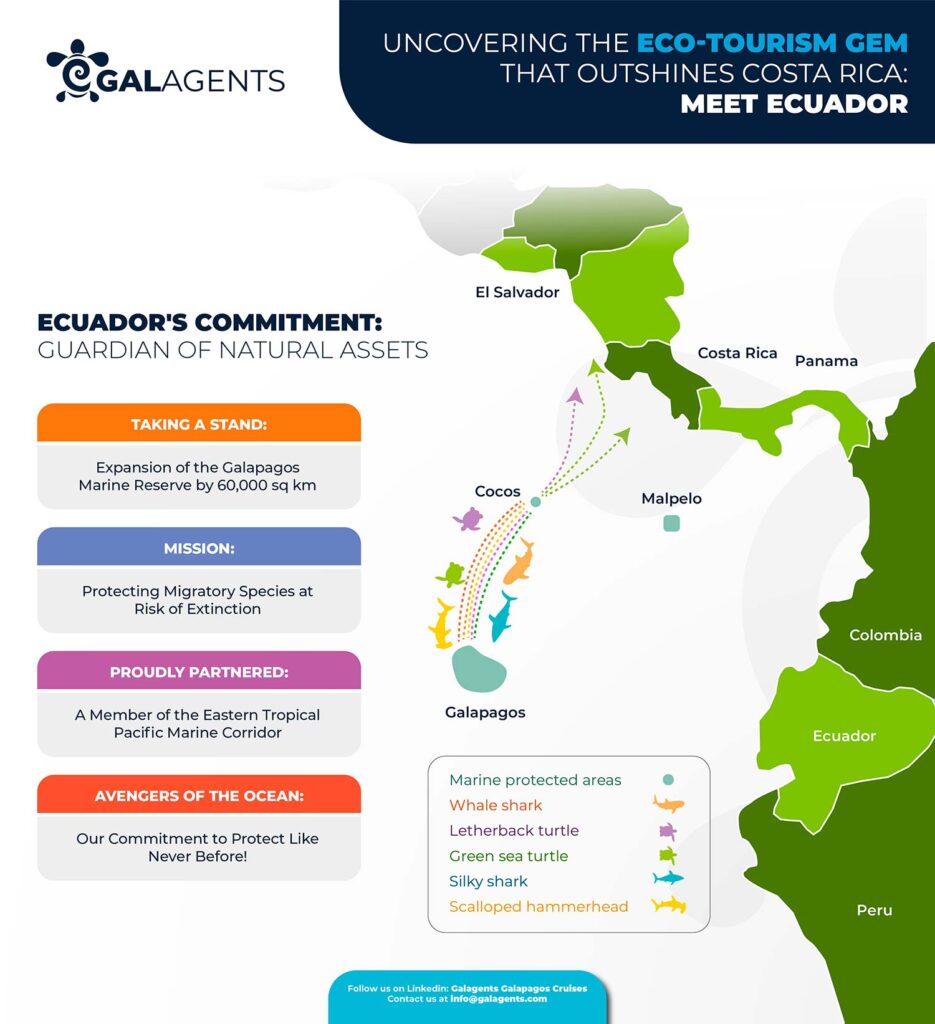
While Ecuador’s amazingly natural and geological features are breathtaking, its colorful culture provides an additional depth of allure. In between your wild adventures, Ecuador provides a sensory fiesta with its rich local culture and delicious gastronomic delights.
Consider Ecuador’s undervalued biodiverse wonderland the next time you’re considering an eco-adventure for you or your travelers. This South American jewel is the undiscovered paradise every nature lover, culture vulture, and thrill-seeker needs to find, with its amazing flora, wildlife, and sky-high capital. Choose Ecuador’s unexpected attraction over Costa Rica’s well-known allure to see a world of delights buried away in the center of Latin America.


